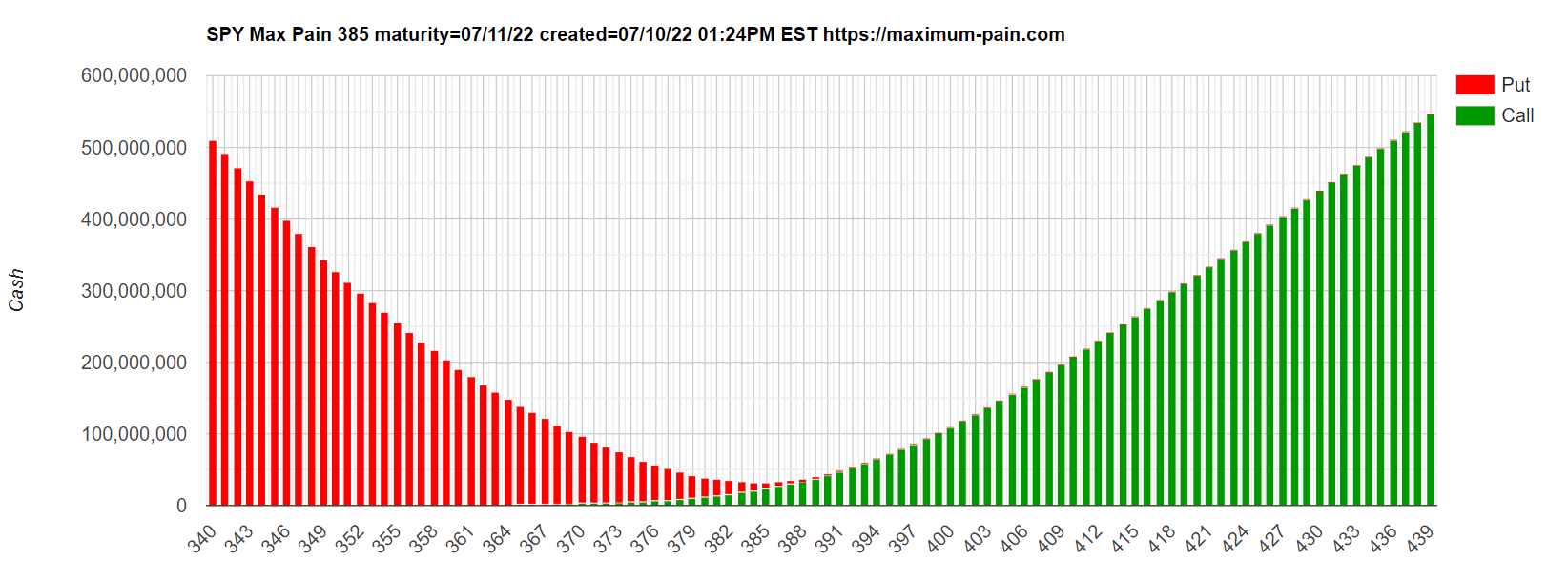Introduction
As an options trader, navigating the complexities of expiration can be both daunting and exhilarating. Understanding how options behave at expiration is crucial for successful trading. This article delves into the intricacies of trading options at expiration, providing a comprehensive overview of the strategies, risks, and rewards involved. By equipping traders with this knowledge, they can make informed decisions that optimize their trading outcomes.
Options are financial instruments that provide traders with the right, but not the obligation, to buy (call option) or sell (put option) an underlying asset, such as a stock or index, at a specified price (strike price) on or before a specific date (expiration date). Understanding the concept of expiration is paramount in options trading, as it determines when the options contract expires and whether or not it has any value remaining.

Image: www.youtube.com
Types of Options at Expiration
Options can expire in two primary ways: in-the-money or out-of-the-money. An in-the-money option is an option whose strike price is more favorable than the current market price of the underlying asset. Conversely, an out-of-the-money option has a strike price that is less favorable than the current market price.
In-the-Money Options
When an option expires in-the-money, the holder has the right to exercise their option and buy or sell the underlying asset at the strike price, regardless of whether it is more or less than the market price at that time. This right to exercise is what gives options their intrinsic value, also known as time premium, as traders can profit from the difference between the strike price and the market price.
Out-of-the-Money Options
When an option expires out-of-the-money, the option holder does not have the right to exercise their option, as it would not be profitable to do so. Out-of-the-money options typically have minimal or no intrinsic value, but they may still retain some time premium. Traders may choose to hold onto out-of-the-money options in anticipation of a significant price movement before expiration.

Image: tradewithmarketmoves.com
Trading Strategies at Expiration
There are several trading strategies that traders can employ when options are nearing expiration. The choice of strategy depends on the trader’s risk tolerance, time frame, and market outlook.
Exercise Strategy
Exercising an option involves buying or selling the underlying asset at the strike price when the option is in-the-money. This strategy is typically used when the trader believes the price of the underlying asset will continue to move in the same direction after expiration.
Closing Strategy
Closing an option involves buying or selling the same option contract to offset the position already held. This strategy is typically used when the trader wants to exit their position before expiration, regardless of whether the option is in-the-money or out-of-the-money.
Rolling Strategy
Rolling an option involves closing the current contract and simultaneously opening a new contract with a different strike price or expiration date. This strategy is typically used when the trader wants to adjust their position based on a change in market conditions.
Trading Options At Expiration Pdf
Risks and Rewards of Trading Options at Expiration
Trading options at expiration






